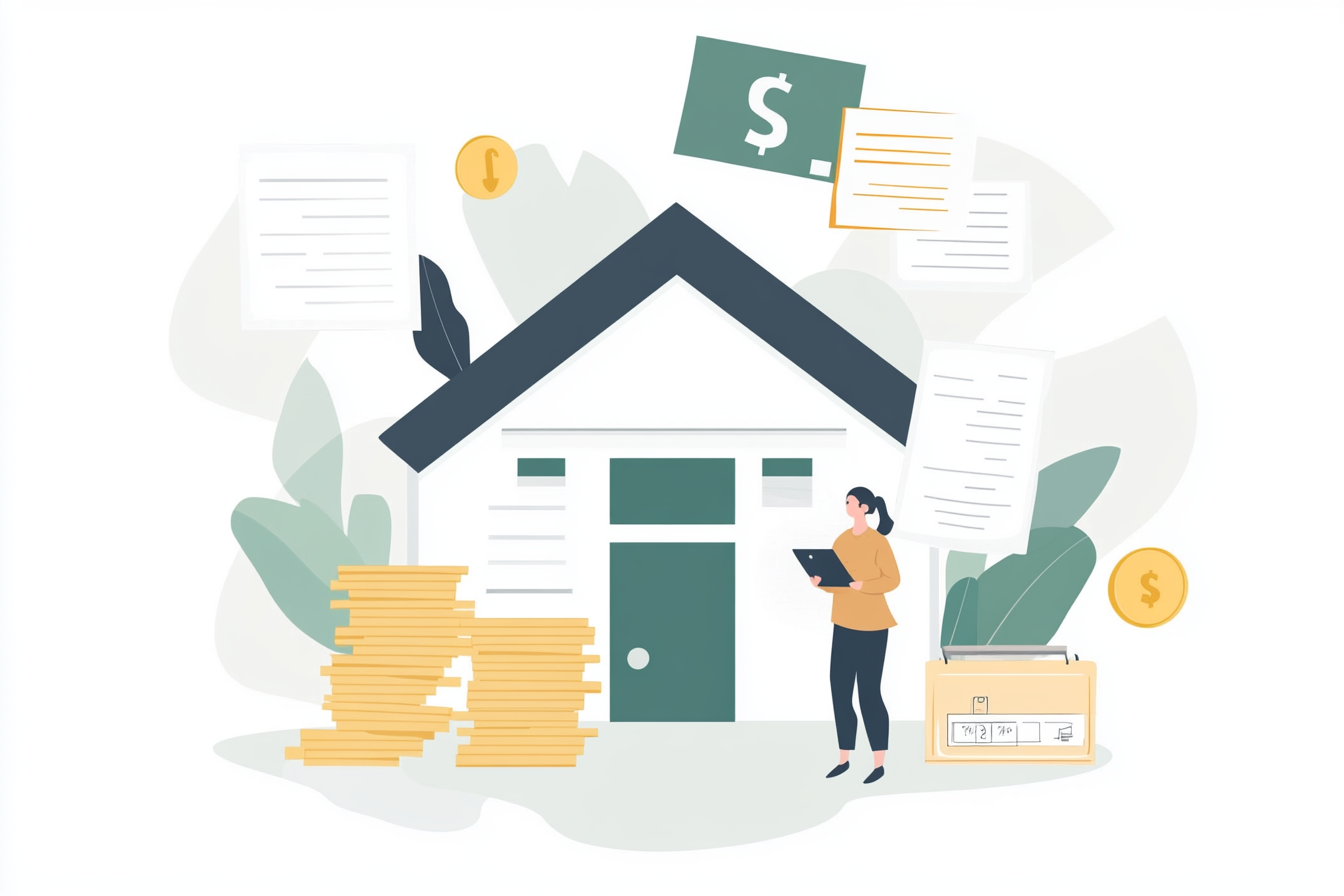Finding an affordable loan can seem challenging, especially when you need to borrow money quickly. You must watch out for unfair practices called predatory lending. This is when lenders take advantage of borrowers who don’t understand how loans should work or anyone who is having financial difficulties and needs to find a loan fast. Learning how to spot the signs of predatory lending practices is the best way to identify and avoid a potential financial trap.
What Are Predatory Lending Practices?
Predatory lending is any loan with deceptive, unfair, or illegal terms. These loans frequently have high interest rates, high fees, and other terms that make the loan more expensive and difficult to repay. People who don’t know how loan terms should work and anyone in a financially desperate situation are most at risk of falling victim to predatory lending. If you have a low credit score or require a loan because you struggle to pay your bills or afford another necessary expense, you could be a target. Lenders also often target women and minorities.
The Shocking Ways Your Daily Habits Cost You More
Signs and Tactics of Predatory Lending
Lenders who use predatory tactics may try to talk you into taking out a loan despite your concerns regarding your ability to pay it back. They might also offer to help you navigate the loan process to steer you into taking out a loan with less than favorable terms. Some common signs of predatory lending to watch out for include:
- High interest rates: Rates that exceed market value or what is standard for your credit score.
- Hidden and high fees: Hidden fees or those above the loan type’s average range.
- High prepayment penalties: Additional fees for paying the loan in full before the term ends.
- Offering too much credit: Beware if your lender is offering you more credit than you can afford.
- Balloon payments: A single high payment at the end of the loan that gives the illusion of low monthly payments.
- Steering: When a lender tries to get you to accept a subprime, and therefore more expensive, loan even when your credit qualifies you for better terms.
- Loan flipping: When a lender offers to extend or refinance the loan and charges new fees each time.
- Terms that cost the borrower equity: Homeowners who take out a loan that’s hard to pay back might lose equity in their home.
- Asset-based lending: Loans that use an asset like your home or car as collateral. You risk losing the named asset if you fail to repay the loan according to the terms set.
- Lower credit-rated loans: Offering terms suited to a lower credit score despite the borrower qualifying for better terms.
- Add-ons: Charging more for unnecessary services.
- Aggressive lending tactics: Pushing you to accept the loan even if you’re unsure.
- Lack of transparency: Failure to disclose all costs and terms before you sign.
- Exploitation: Taking advantage of a borrower’s lack of knowledge regarding finances and loans.
Predatory lending is dangerous because it’s practiced even by seemingly reputable lending institutions like banks and mortgage brokers. Many customers encounter deceptive lending when actively searching for a loan, but some predatory lenders send out loan offers in the mail, by phone, and advertise on various media channels.
Sneaky Expenses That Steal From Your Savings
Types of Loans Associated With Predatory Lending

Any type of loan can be predatory, but some are more prone to using these deceptive practices.
Subprime Mortgages
Lenders may push you into a high-interest loan with poor terms not only to make more money but to benefit from the foreclosure of your home if you can’t make your payments. It’s important to weigh the risks of the loan, understand your finances, and have the ability to make timely payments before you take out any loan.
Payday Loans
Another common example of predatory lending is payday loans. These are short-term loans you are meant to repay with your next paycheck. They have extremely high interest rates and fees. Most borrowers who take out these types of loans have a pressing need for fast cash. Many end up extending the loan and racking up higher debt.
Auto-Title Loans
Stay wary of loans that require your car title as collateral. Auto title loans generally have high interest rates, and the lender can seize your vehicle if you fail to repay the loan.
Unfortunately, lenders come up with new predatory loan strategies all the time. Practices, like buy now and pay later are just one example of how lenders may use unclear loan terms to draw you in.
Anti-Predatory Lending Laws
The government has taken action to help stop lenders from targeting borrowers with unfair loan terms. Most states have some form of anti-predatory lending laws. Consumer protection laws include:
- Truth in Lending Act (TILA)
- Consumer Financial Protection Act (CFPA)
- Equal Credit Opportunity Act (ECOA)
Many states now have some form of anti-predatory lending laws. Regardless, some damage can’t be undone, and borrowers may have lost their homes or gone bankrupt. It’s better to stay vigilant and read the fine print when searching for a loan instead of risking serious consequences later on to secure a loan fast.
Common Money Mistakes Families Still Make Today
How to Protect Yourself From Predatory Lending
Predatory lending is a crime, but that doesn’t stop lenders from trying to take advantage of borrowers who aren’t financially literate. The best way to avoid getting caught in a predatory lending scheme is by educating yourself and comparing offers from several lenders to find the best terms.
You might also be interested in: Understanding Your Loan Agreement: 17 Key Terms


